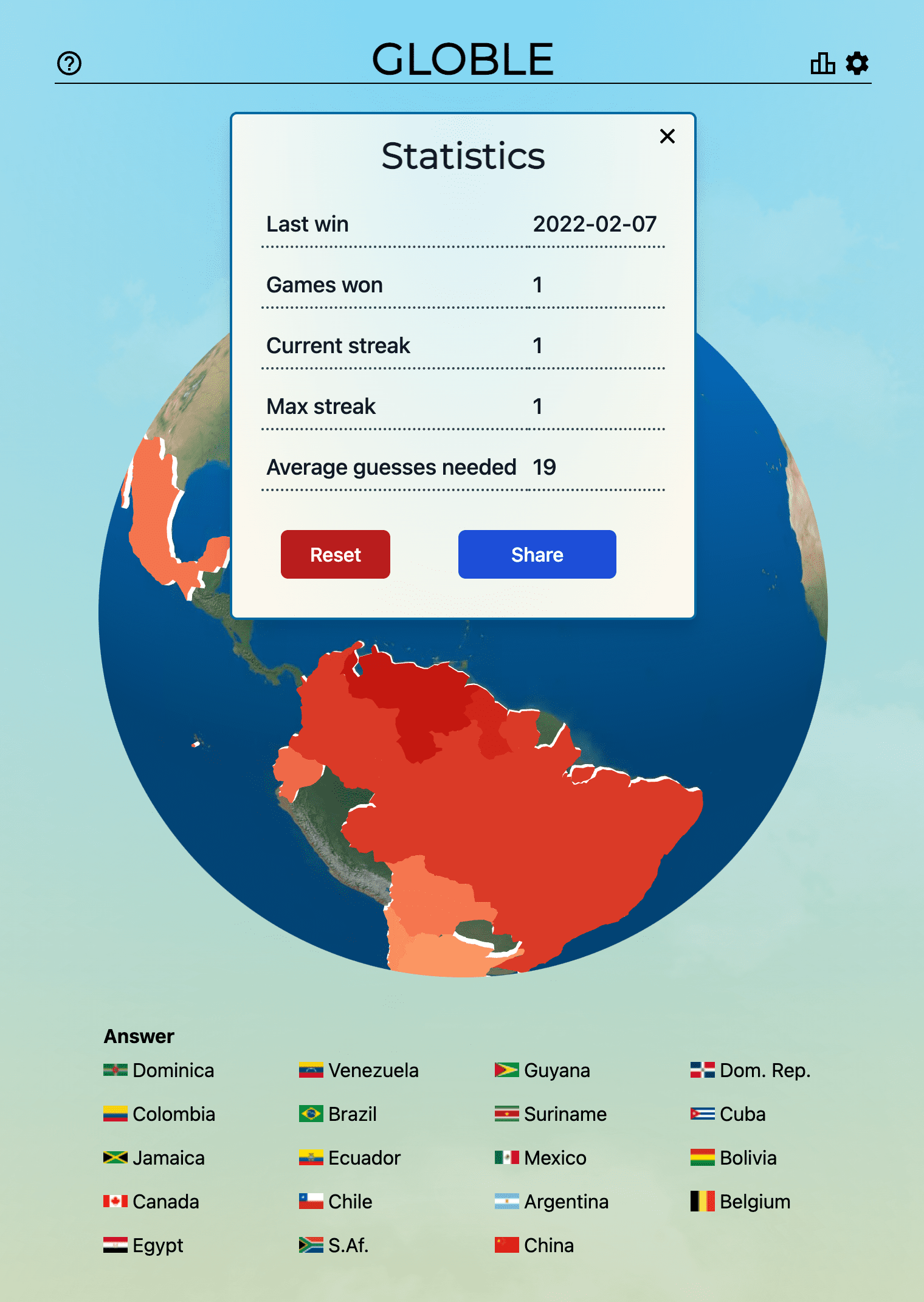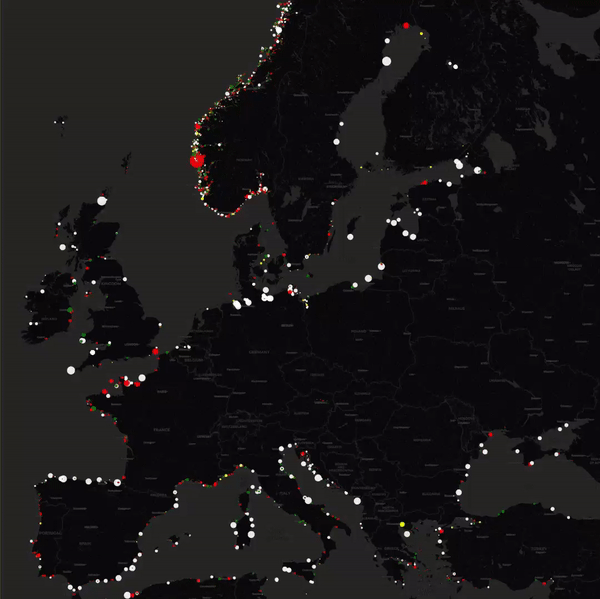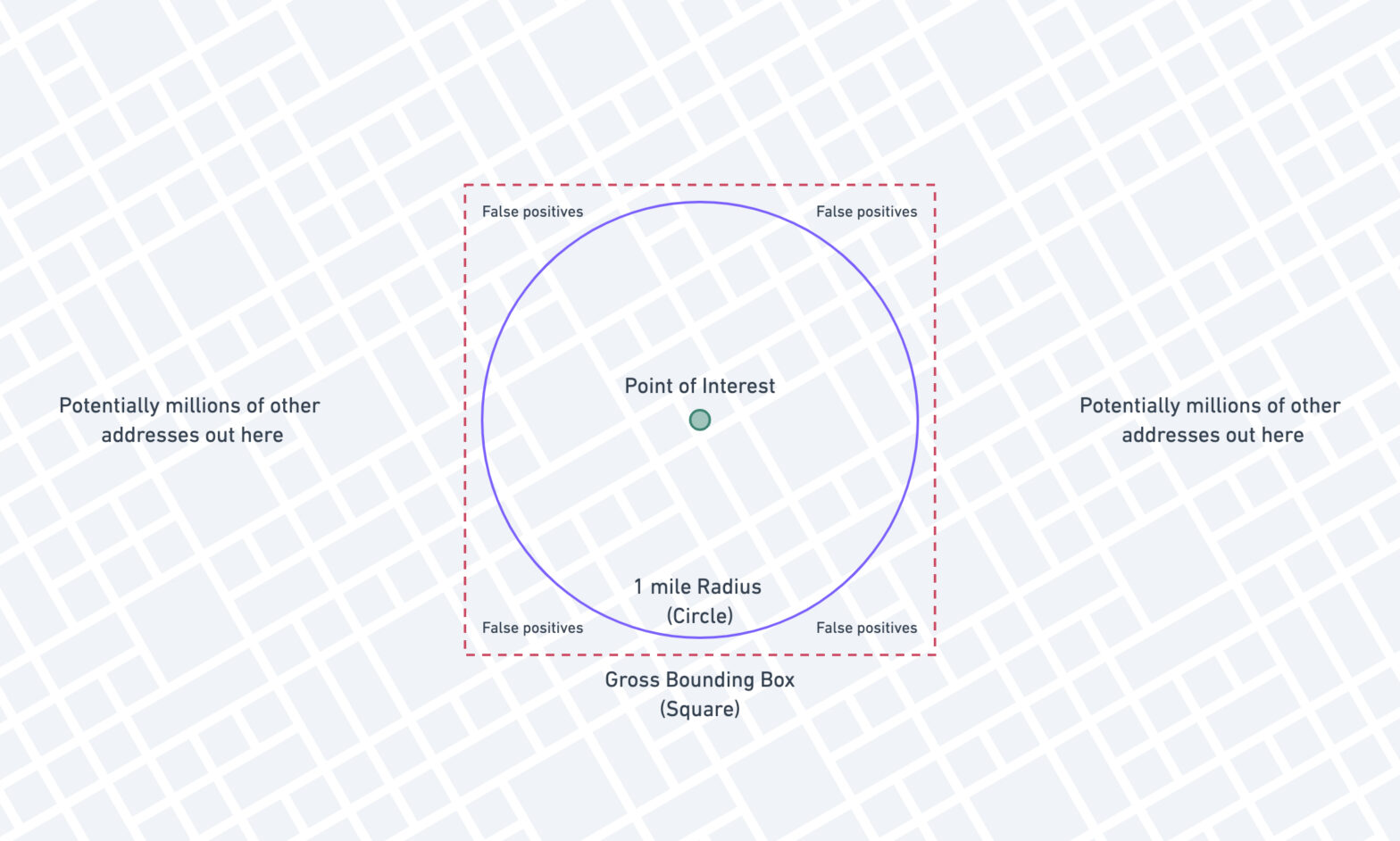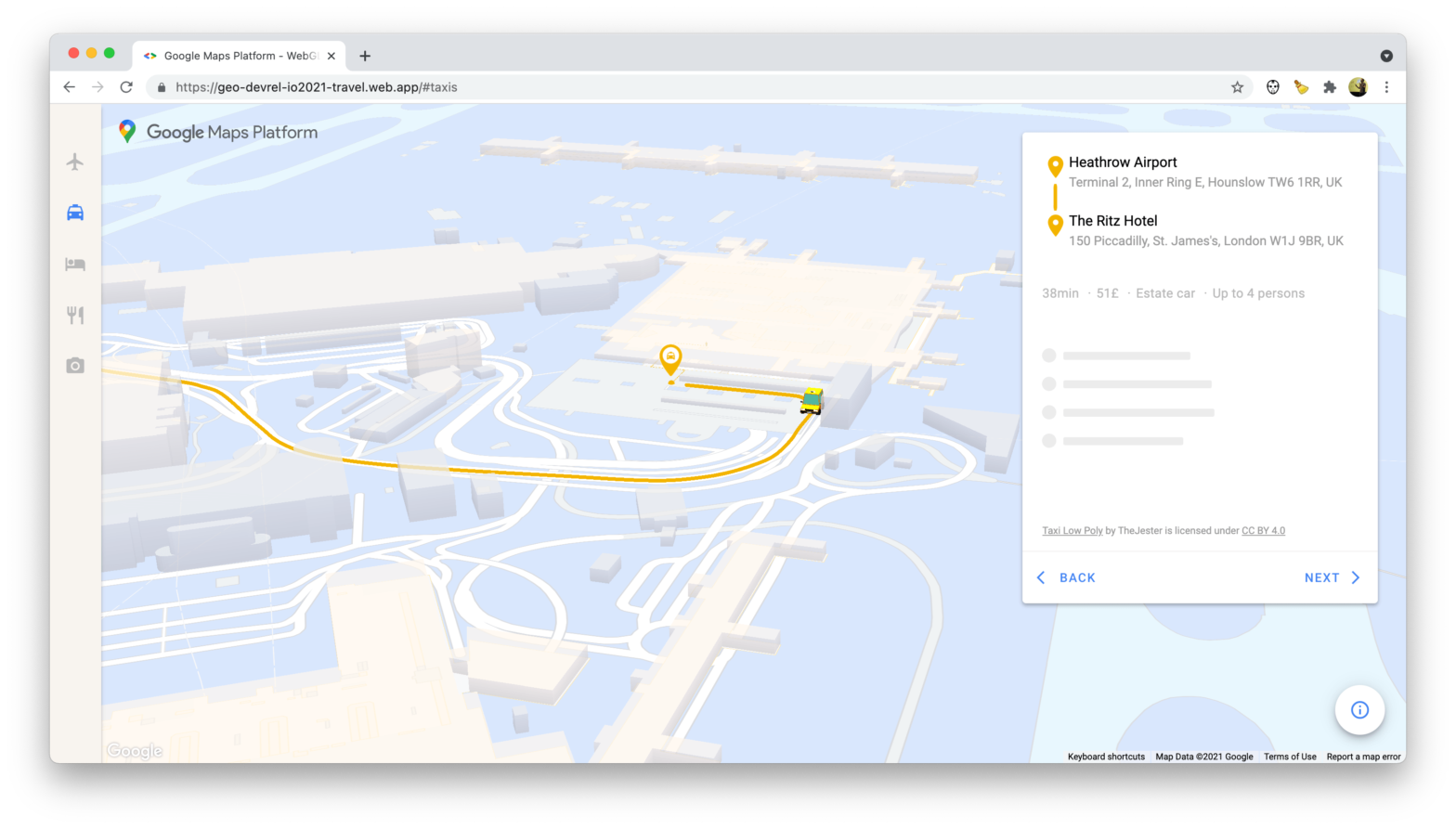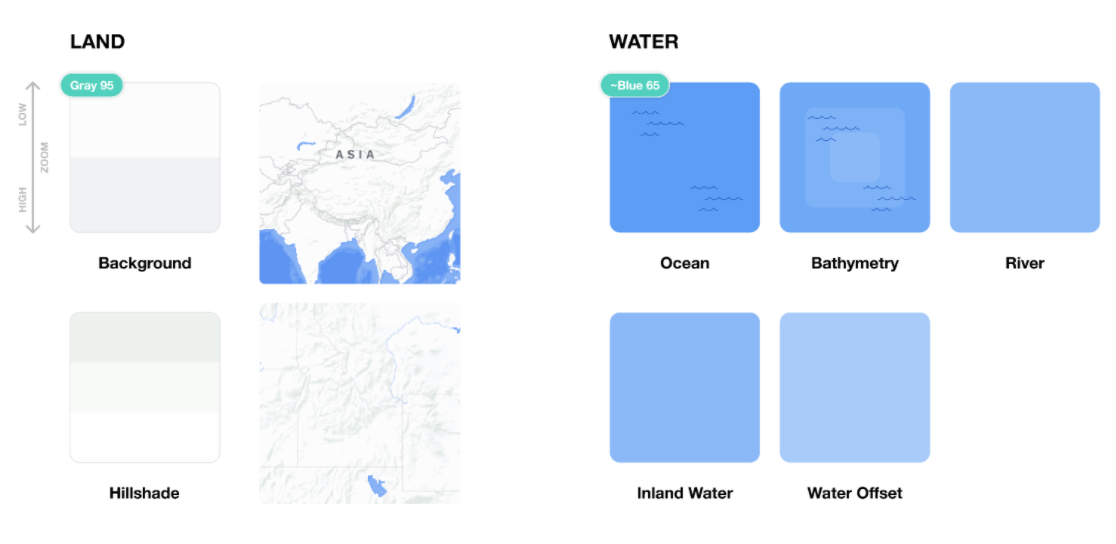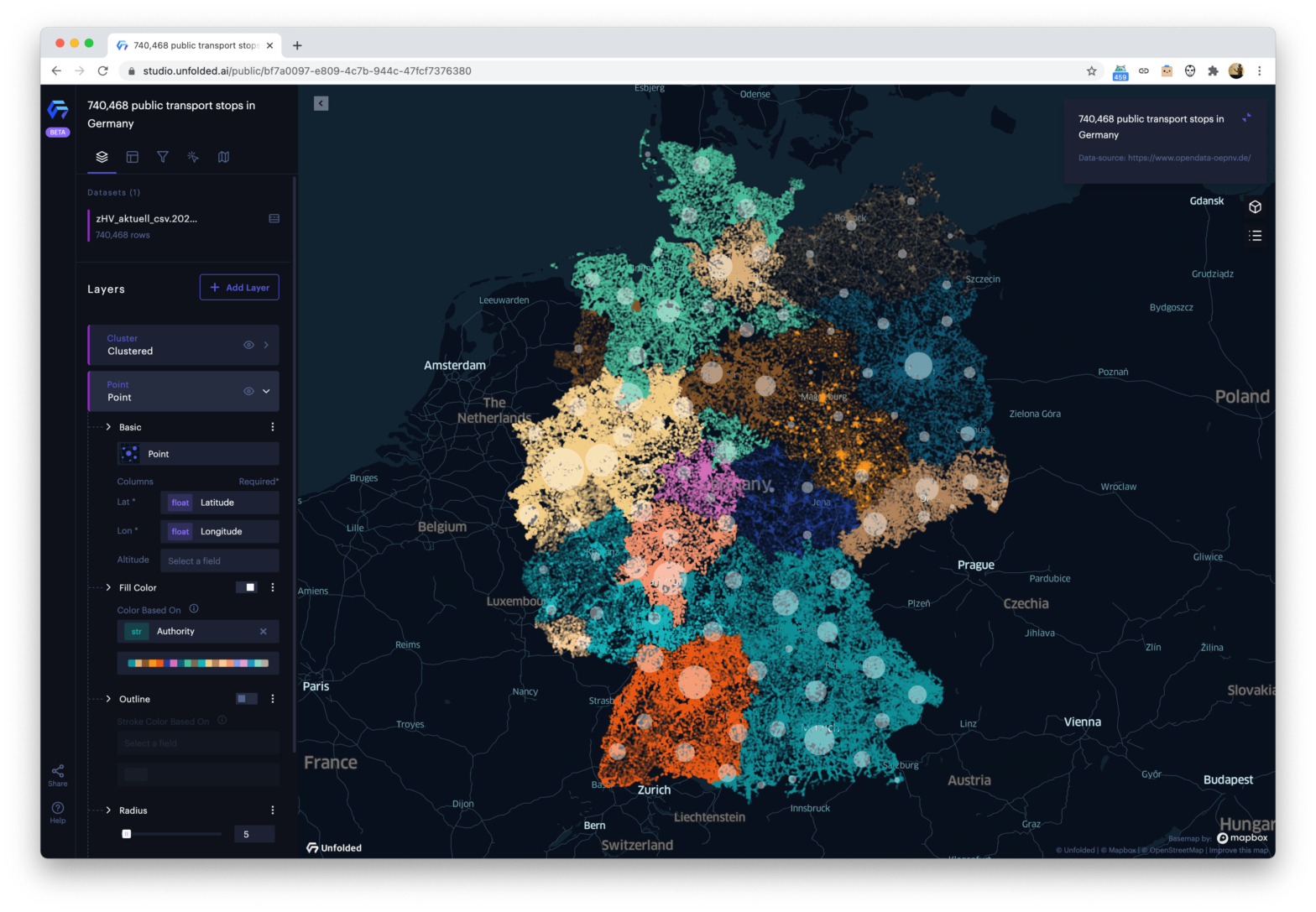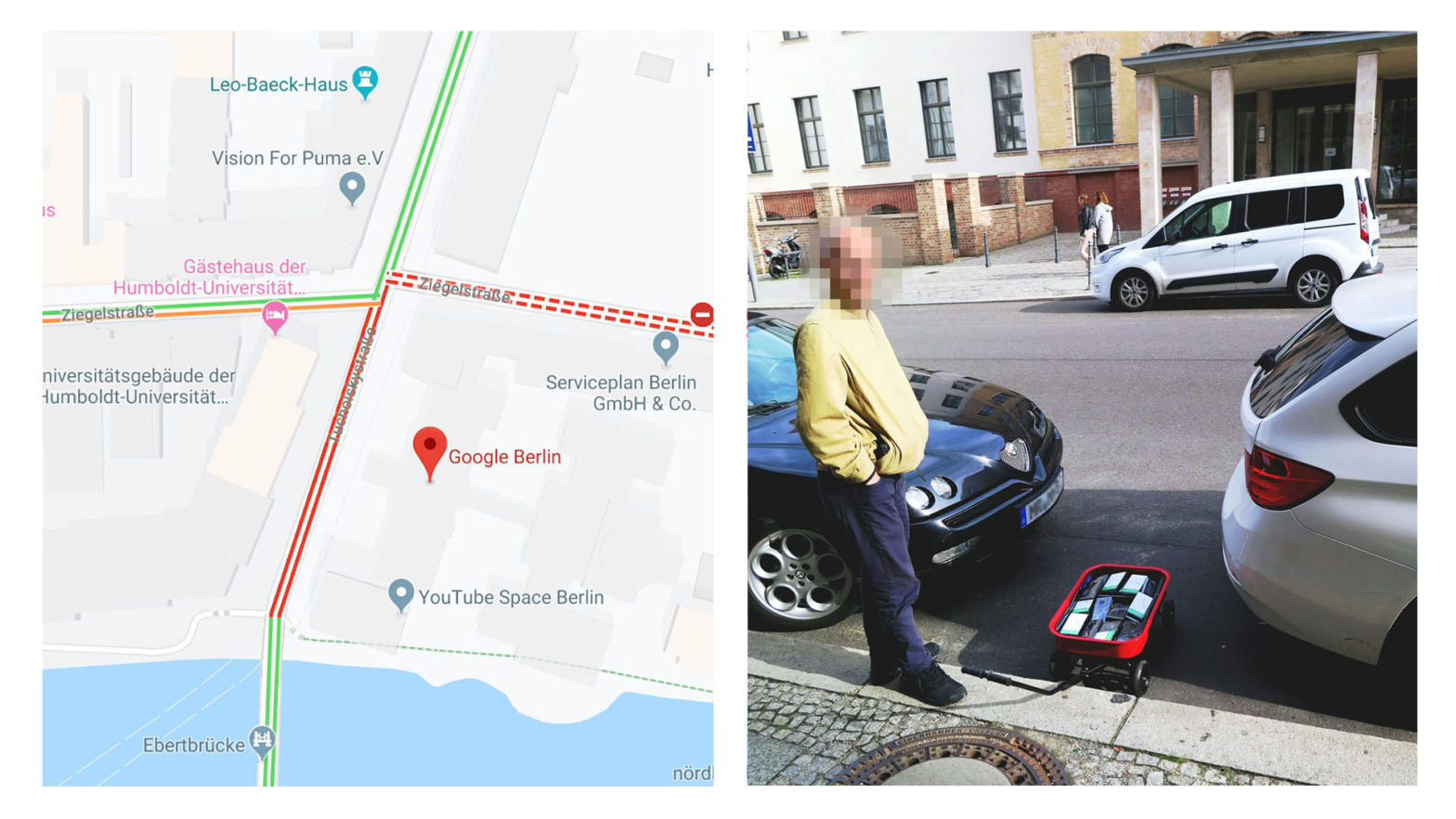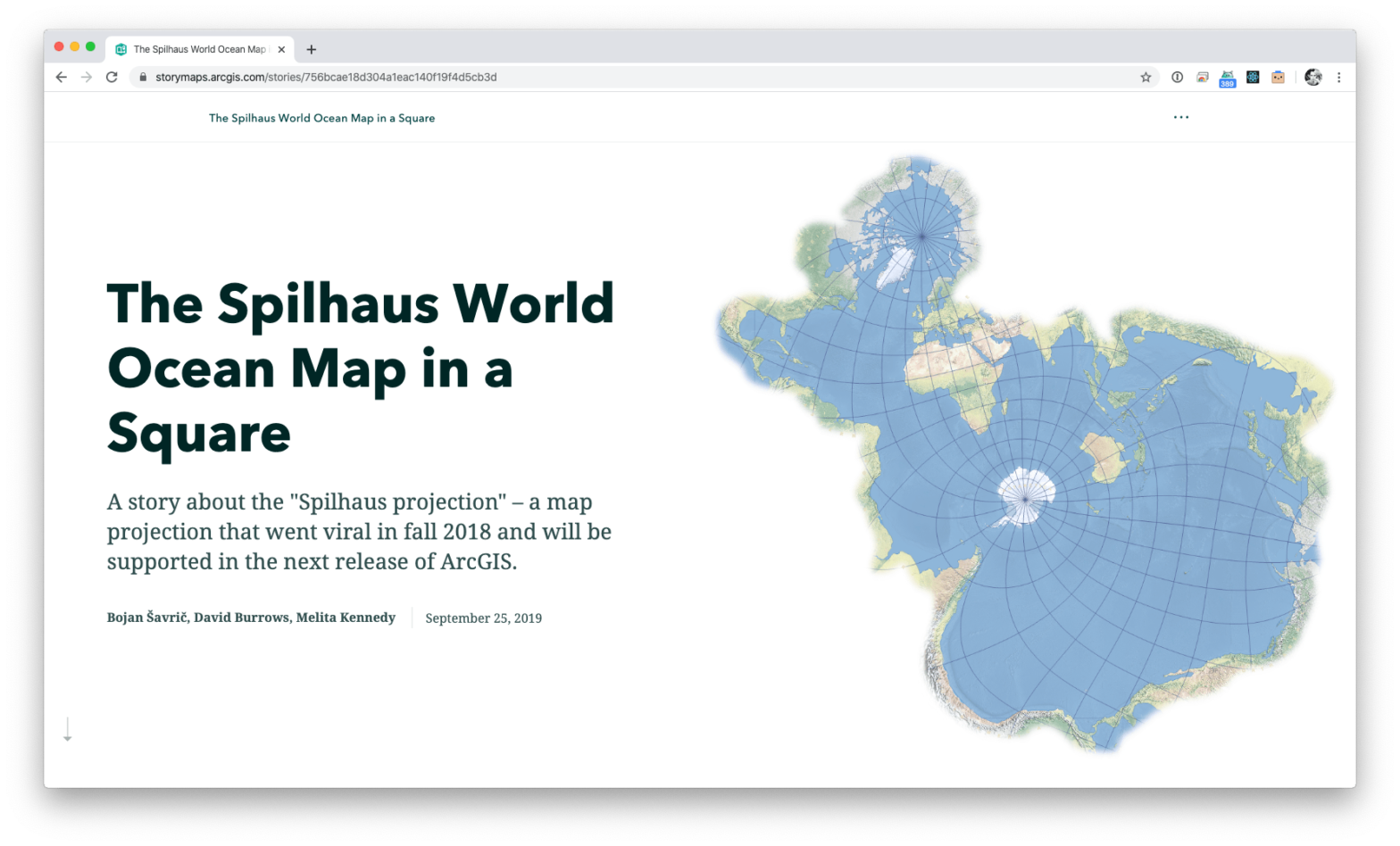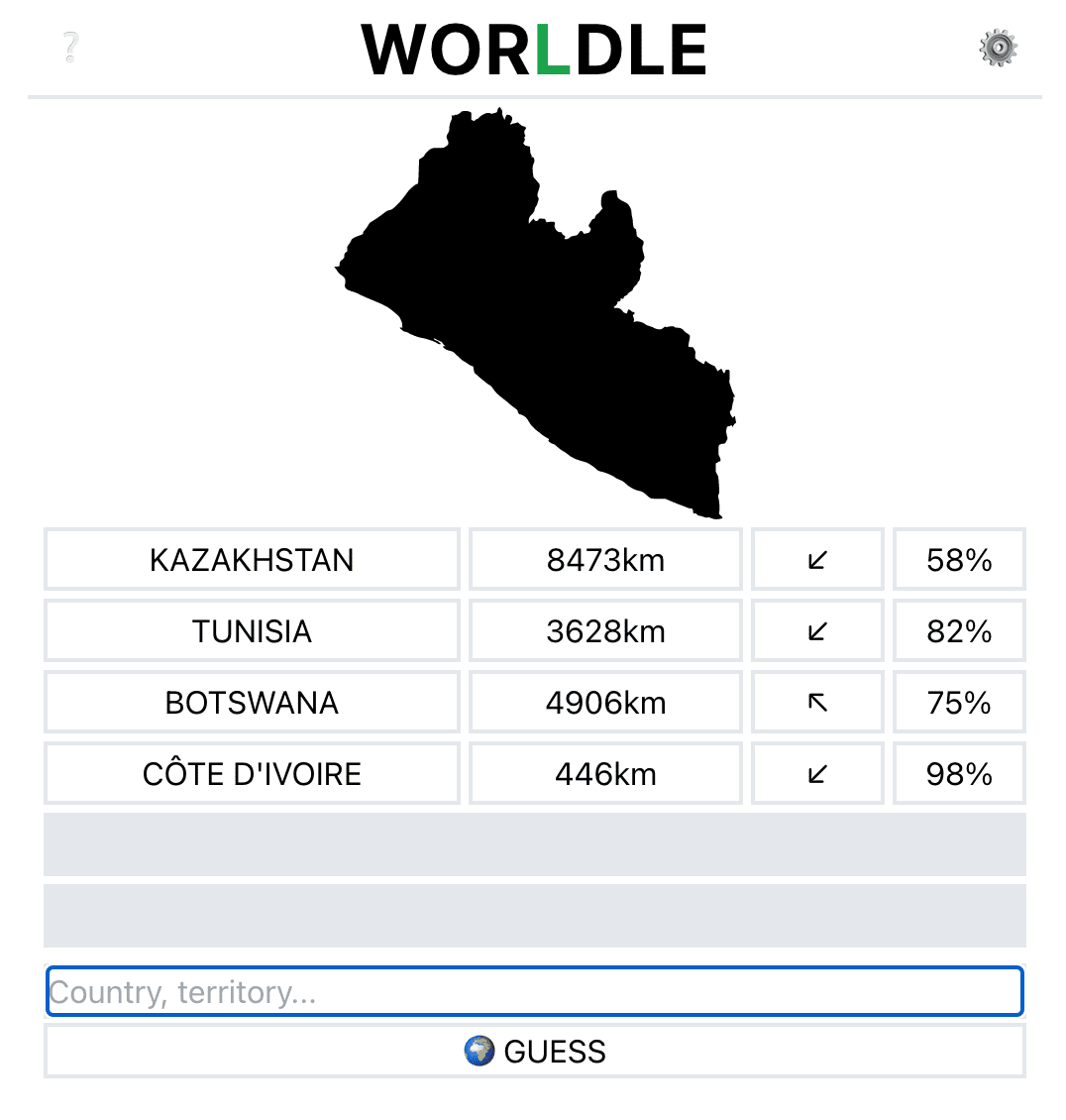
Fun little wordle-inspired guess game where you get presented a country shape and you need to guess its name. Per guess you get to see how far off you are and which direction to look into. Worldle → Related: Globle also lets you search for a country, without an initial shape hint. If you want …
Continue reading “Worldle — Name the Country based on its Shape”
